Pests & Diseases
The best method for pest management is prevention. But, unfortunately, preventing damage from ever occurring is rare since it is a fortunate gardener whose vegetables are not damaged by those villains at some time. Prevention starts before vegetables are planted and include prevention of entry into the garden in the first place.
The goal is to produce pest-free soil and an environment that does not encourage or support and enhance pest and disease but inhibits them. Early detection and prevention of further damage when it happens is critical. Gardening is about nurturing and protecting your plants throughout their life cycle.
Prevention methods include
- Purchasing the components of pest-free soil from a reputable nursery
- Test your soil to ensure that the nutritional elements are suitable for vegetable growing.
- Growing different crops in succession on the same raised bed (referred to as crop rotation) can discourage plant pests and diseases.
- Picking beetles, bugs, caterpillars, worms, snails, and slugs off a plant using your hand or tweezers and dropping them into a bucket of soapy water to drown them.
- Familiarize yourself with the type of pest your crop attracts, and keep an eye out for any invasions.
Prevention in a Small Garden
A small home garden does not present the challenges that a large plot does, and are thus easier to control. Using these methods will help reduce the frustration of seeing your hard-grown vegetables destroyed by pests and diseases.
Listed below are the common pests and diseases that have confronted me in my small bed garden, which fortunately have been few. However, there a many user-friendly accessible guides that are available to help manage other pests and diseases.
Aphids
Aphids are a common problem in vegetable gardens. Aphids multiply quickly, so it's essential to get them under control before reproduction starts. Many generations can occur in one season.
Description and Recognition
Aphids are soft-bodied insects that can be green, grey, or black. Most commonly seen in spring and autumn, aphids can be winged or wingless and are usually slow-moving. Aphids cluster on the shoots' tips and under leaves.
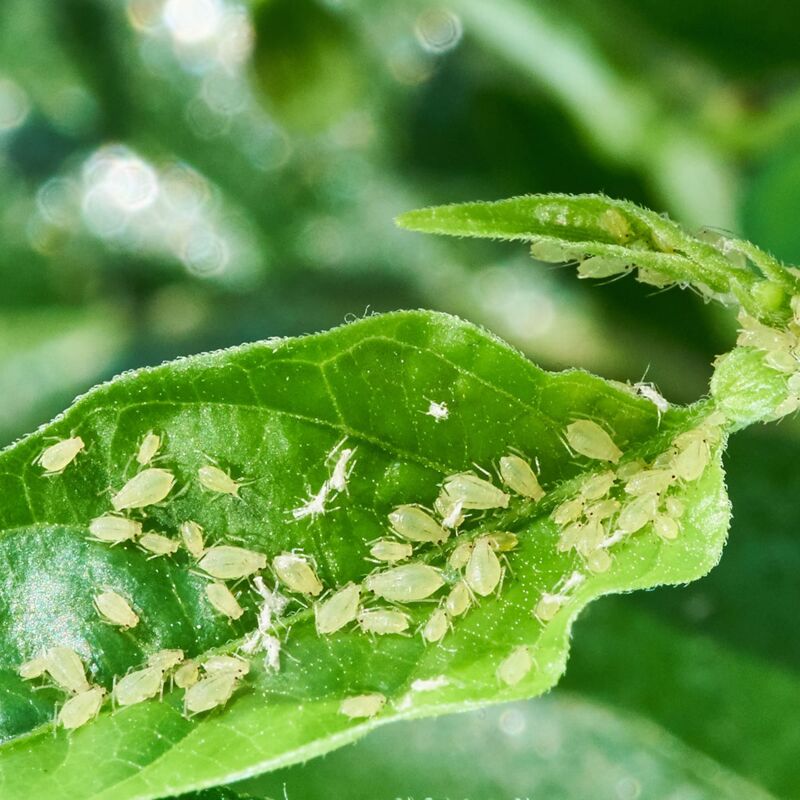
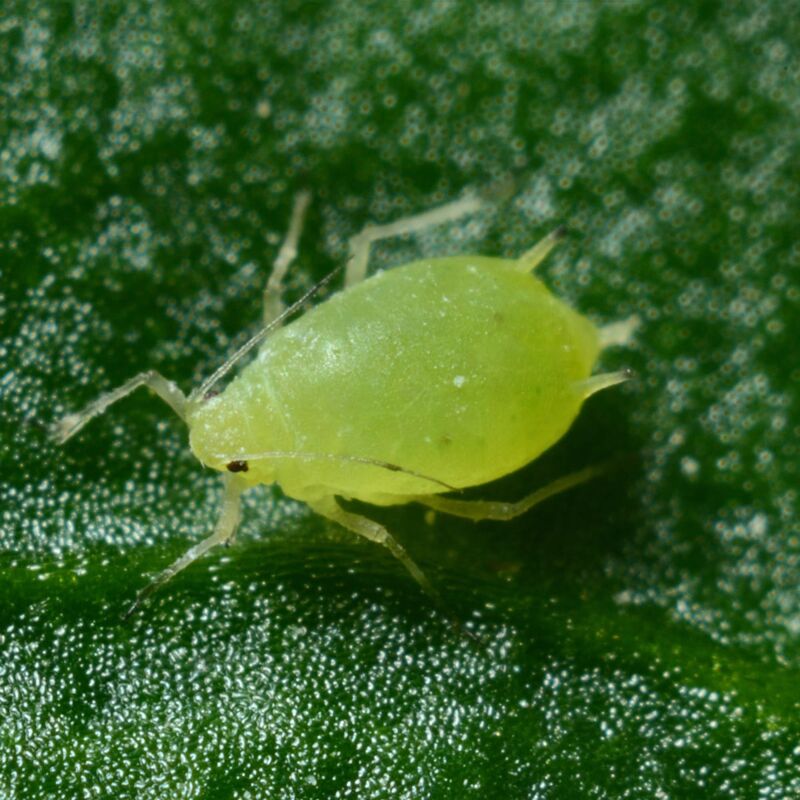
Aphids are tiny (adults are under ¼-inch) and often nearly invisible to the naked eye. Various species can appear white, black, brown, grey, yellow, light green, or even pink! Some may have a waxy or woolly coating. They have pear-shaped bodies with long antennae; the nymphs look similar to adults.
Adults are usually wingless, but most species can develop a winged form when populations become crowded so that when food quality suffers, the insects can travel to other plants, reproduce, and start a new colony. Look for misshapen, curling, stunted, or yellowing leaves.
Be sure to check the undersides of leaves; aphids love to hide there. If the leaves or stems are covered with a sticky substance, that is a sign that aphids may have been sipping sap. This "honeydew," a sugary liquid produced by the insects as waste, can attract other insects, such as ants, which gather the substance for food.
Feeding Habits
Aphids usually feed in large groups, although you might occasionally see them singly or in small numbers. Aphids, in general, feed on a wide variety of plants; however, different aphids species can be specific to certain plants. Most aphids especially like succulent new growth.
Plant Damage
Nymphs and adults feed on plant juices, attacking leaves, stems, buds, flowers, fruit, and roots, depending on the species. They suck the sap from the plant, which reduces plant vigour. Aphids can also spread viruses which can severely reduce yields and quality. In large numbers, they can weaken plants significantly, harming flowers and fruit. Flowers or fruit can become distorted or deformed due to feeding aphids.
Control and Prevention
- Spraying the affected areas with steams of cold water from a hosepipe that dislodges them. Typically they are unable to find their way back to the same plant. This method worked particularly with a whitefly attack on my tomato plants a few years ago. I sprayed mainly the bottom of the affected leaves with strong steams of water from my hosepipe over three to four days. They disappeared, and I have not had any further attacks.
- Neem oil, insecticidal soaps, and horticultural oils are effective against aphids. Be sure to follow the application instructions provided on the packaging.
- For extensive aphid invasion, dust plants with flour. It constipates the pests.
- Isopropyl alcohol (also called isopropanol or rubbing alcohol) works is reported to work well but be sure it doesn't have additives.
- Ethanol (grain alcohol) seems to work best. Alcohol usually comes in 70 per cent strength in stores (or 95 per cent strength purchased commercially).
To make an insecticidal spray, mix equal parts 70 per cent alcohol and water (or, if using 95 per cent alcohol, mix 1 part alcohol to 1 ½ parts water).
Caution: When applying alcohol, always test a small area first, and use it in the morning or evening, when the sun is not beating down. Watch the plant for a few days for any adverse reactions before applying more. Plants can be sensitive to alcohol.
Companion Planting
- Aphids are repelled by catnip.
- Nasturtiums spoil the taste of fruit tree sap for aphids and will help keep aphids off broccoli.
- Garlic and chives repel aphids when planted near lettuce and peas.
Powdery Mildew
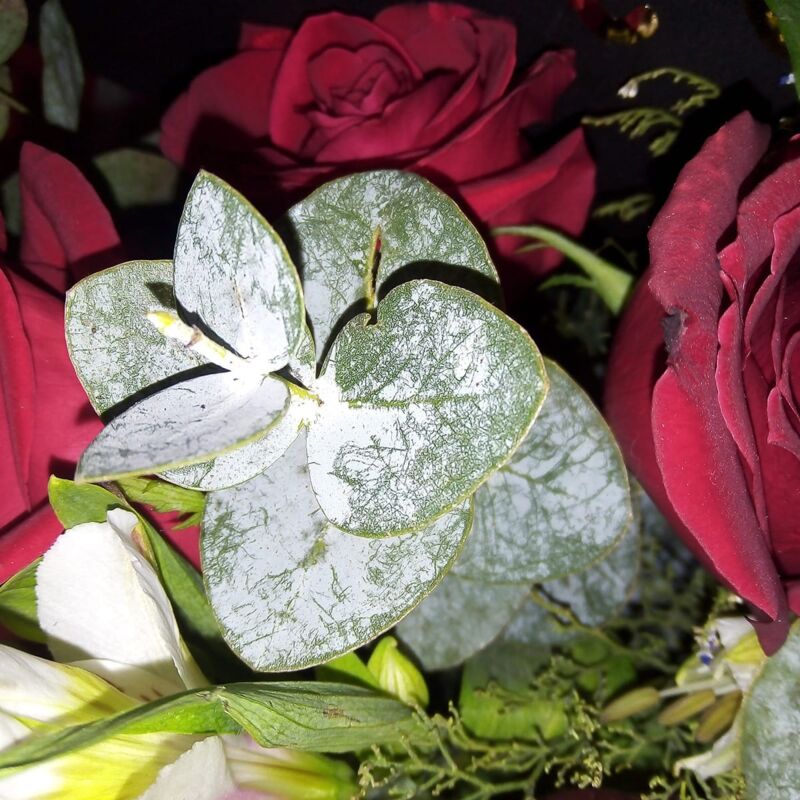
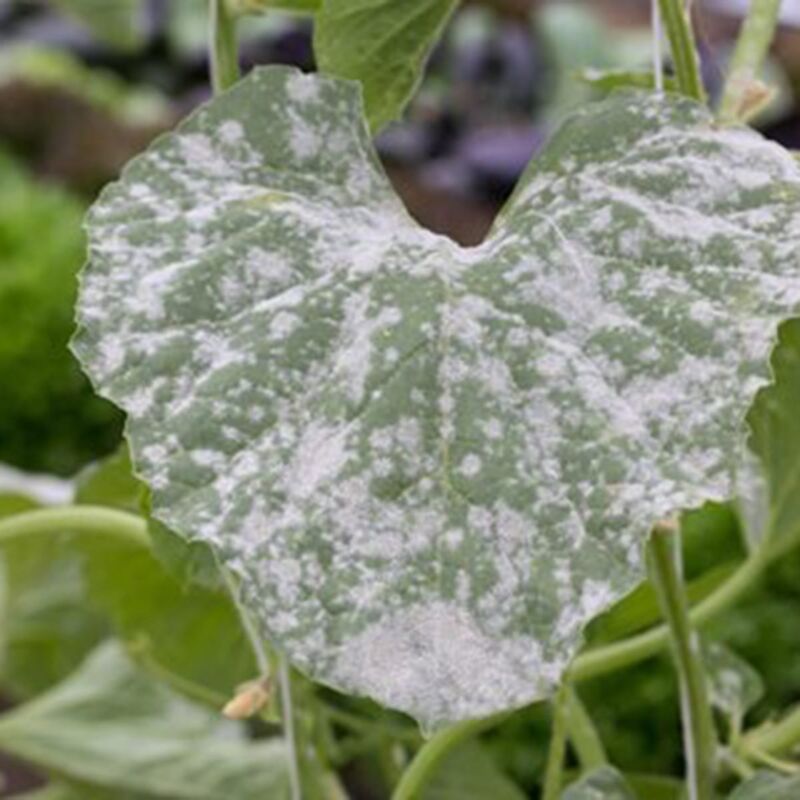
Description and Recognition
Powdery mildew is a fungal disease that affects a wide variety of plants. There are many different species of powdery mildew, and each species attacks a range of other plants in the garden. A white substance consisting of layers of many spores forms across the top of leaves as the fungus begins to take over plants. These spores are then carried to other plants by the wind.
Powdery mildew usually starts as circular, fine white spots, which can appear on leaves, usually covers the upper part, but may grow on the undersides and stems, and sometimes fruit and spread to cover most of the leaves or affected areas.
The fungus might cause some leaves to twist, break, or become disfigured, as do the buds and growing tips as well. These symptoms usually appear late in the growing season. Plants infected with powdery mildew look as if they have been dusted with flour. Young foliage is most susceptible to damage, and its leaves turn yellow and dry out.
Commonly Affected Plants Include
- Squash, cucumber, melons, and pumpkins)
- Nightshades (tomatoes, eggplants, peppers)
- Legumes (Beans and peas).
Spread of Powdery Mildew
Powdery mildew spores typically drift into gardens with the wind. Still, if powdery mildew had occurred in the past, new outbreaks might also come from dormant spores in old vegetative material or weeds nearby. Unlike many other fungal diseases, powdery mildew thrives in warm (60-80°F / 15-27°C), dry climates, though it does require relatively high relative humidity to spread.
Impact of Powdery mildew
Powdery mildew can slow down your plant's growth and, if the infection is severe enough, will reduce fruit yield and quality.
Control and Prevention
Selectively prune congested foliage areas to increase air circulation around your plants, reducing relative humidity. I prune my tomatoes and cucumbers heavily, and Powdery Mildew rarely infects these plants. Effective organic fungicides for treating powdery mildew include sulfur, lime-sulfur, neem oil, and potassium bicarbonate. These are most effective when used before infection or when you first see signs of the disease.
HOW TO GET RID OF POWDERY MILDEW
There are a few different ways to getting rid of powdery mildew, depending on how many plants were affected and how bad the disease has spread. The least desirable solution is to remove all plants, but thankfully you don't have to.
Remove the Infected Parts:
Using a pair of gardening shears or clippers, remove the infected parts of the plant. Do not compost to infected parts, and be sure to wash your hands and the shears with soap and water afterwards to avoid further spread.
Use a Fungicide: Using a fungicide can be an effective way of getting rid of powdery mildew, and thankfully, your local hardware store or nursery will have plenty of fungicides available. Before using, make sure the fungicide you choose is safe for your plant.
Most fungicides will contain potassium bicarbonate, sulfur, neem oil, or copper.
Make Your Own Fungicide: Alternatively, you can also make your own fungicide using simple ingredients found around your home such as baking soda or milk.
Mix 1 tablespoon of baking soda and 1/2 teaspoon of liquid soap in 1 gallon of water. Pour the mixture into a sprayer and spray the entire plant evenly at night.
Use a 40/60 ratio of milk to water and spray plants evenly. Do this every 10-14 days to get rid of powdery mildew as well as prevent it. Most fungicides will need to be reapplied every 7-14 days.
Take Care of Your Garden: There are several ways you can also prevent powdery mildew. Improve circulation by making sure your plants are not over-crowded. Do this by thinning the plants regularly and pruning them if need be.
Also, do not fertilize the plants if you see powdery mildew. Do not water plants from above, but rather right at the root. This can prevent the spread of spores.
Once plants are heavily infected, remove all infected foliage, stems, and fruit and destroy them by throwing them in the trash or burning them.
Remember, do not compost any infected plant, as the disease can still be spread by the wind and persist in the composted materials.
Snails and Slugs
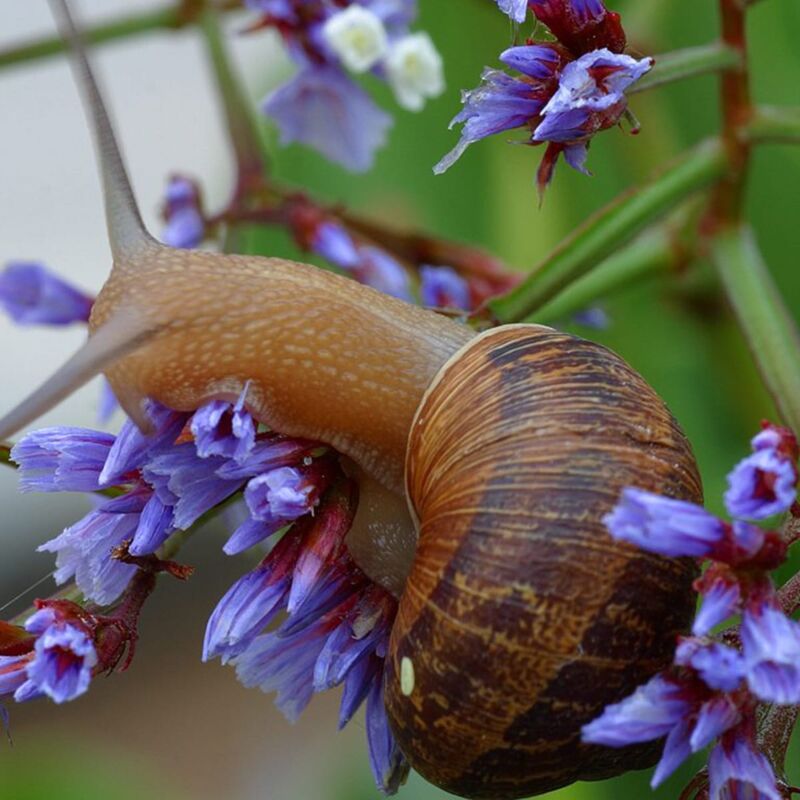
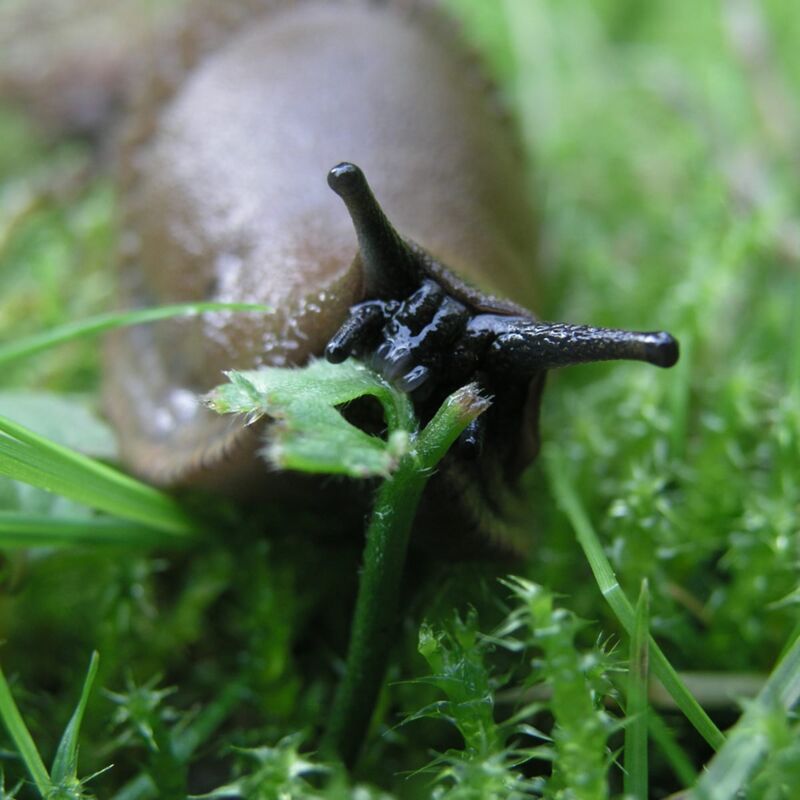
Slug, picture by Håkan Svensson
Description and Recognition
Slugs and snails are soft-bodied molluscs, members of the species Molluscae found throughout most of the world.
The main difference between slugs and snails is that the latter has a prominent shell, primarily made up of calcium carbonate. However, gardens are likely to have more slugs, particularly during rainy seasons. This is because they lay their eggs in moist soil or compost, and their populations can increase rapidly in cool, damp conditions.
Most garden slugs and snails are grey, dull-orange, dark brown and 1 to 3 inches long.
They will hide in dark, damp places during the day, making them hard to spot in the soil due to their dark colour and because they only feed at night and hide throughout the day. Slugs and snails will leave a slimy secretion where they have been, which helps identify their presence in the garden. It is easiest to see the trails of slime first thing in the morning.
Commonly Affected Plants Include
Slugs can digest most plants' tissues but especially enjoy beans, lettuce, cabbage and tomatoes.
Plant Damage
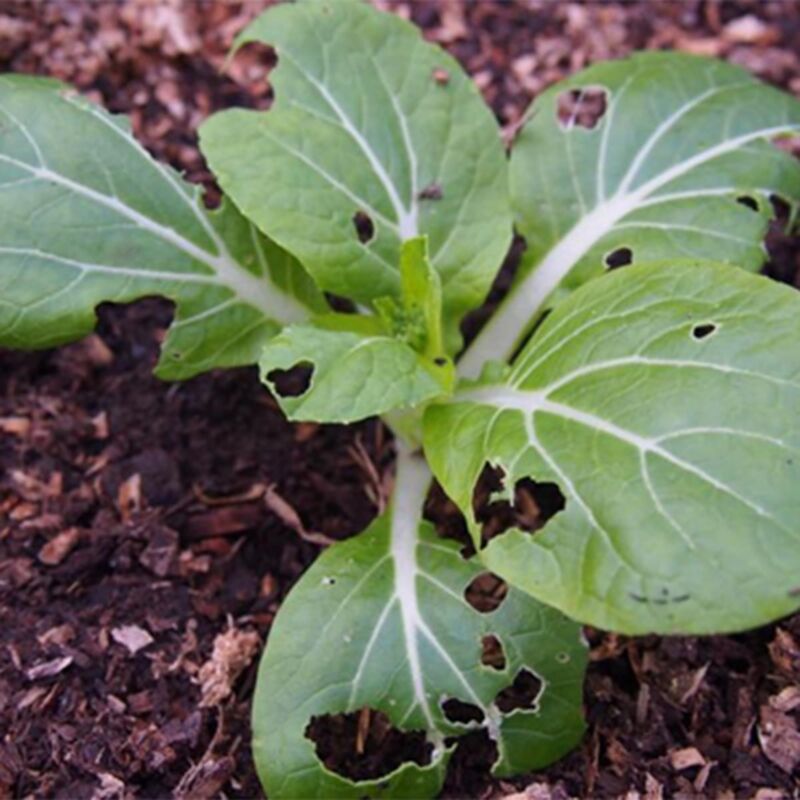
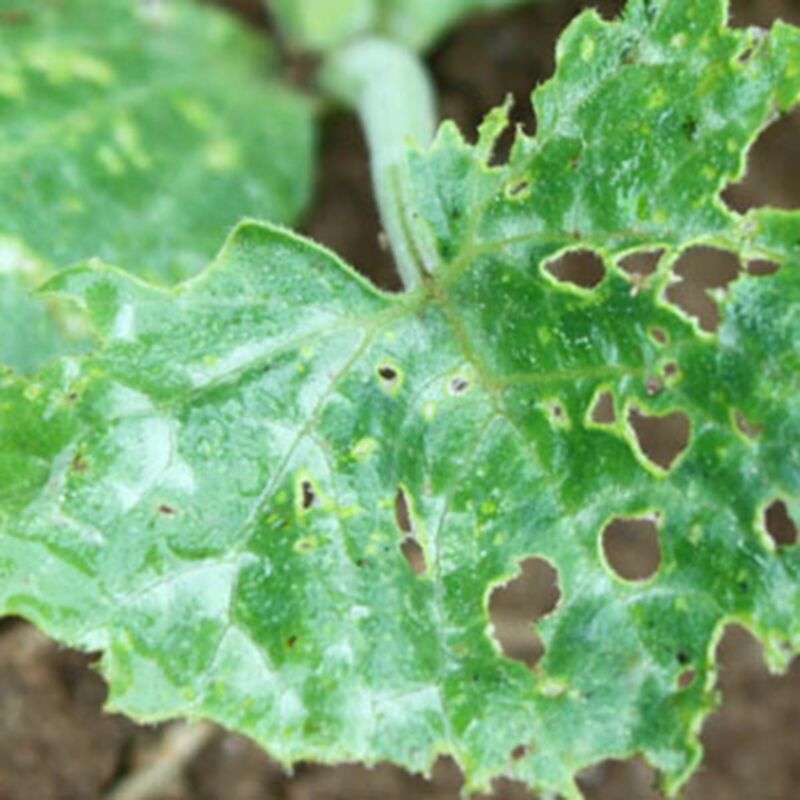
Slugs and snails are very damaging garden pests.
They will feed on almost anything in the garden, leaving holes and ragged edges on leaves and stems. Tiny seedlings can be entirely consumed.
Control and Prevention
- Place shallow dishes of beer around the garden to lure the slugs or snails to a drunken death. Or mix water with molasses, cornmeal, flour, and baking yeast to replace the beer. These are both great baits that can help control your garden slug and snail population.
- If necessary, get out and handpick the little rascals—a task best undertaken in the evening twilight or the early light of dawn before they have sought shelter from the heat of the day.
- Alcohol kills these pests by acting as a surfactant or wetting agent that can penetrate an insect's waxy coat of armour and kill on contact with the body. Isopropanol (rubbing alcohol) works fine and is easy to find, but be sure it doesn't have additives. Ethanol (grain alcohol) seems to work best. Alcohol usually comes in 70 per cent strength in stores (or 95 per cent strength purchased commercially).
To make an insecticidal spray, mix equal parts 70 per cent alcohol and water (or, if using 95 per cent alcohol, mix 1 part alcohol to 1 ½ parts water). It is helpful to rake your garden in early spring to clean up some of the moist debris that slugs and snails love, as well as to rake away any soil-borne eggs. Only water your garden when necessary to minimize the damp places in which slugs and snails congregate.
Squash Bugs
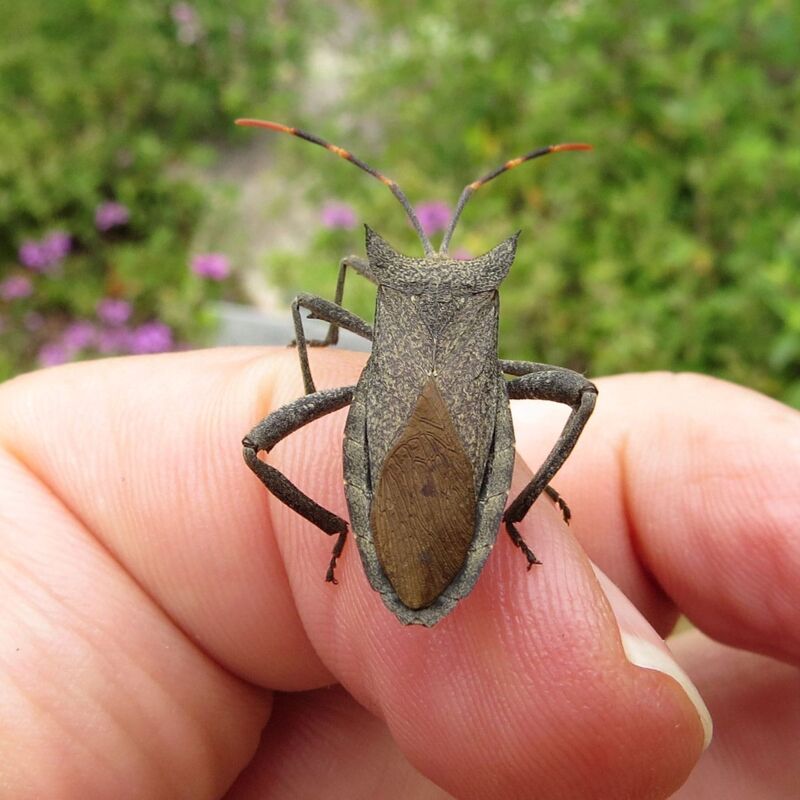
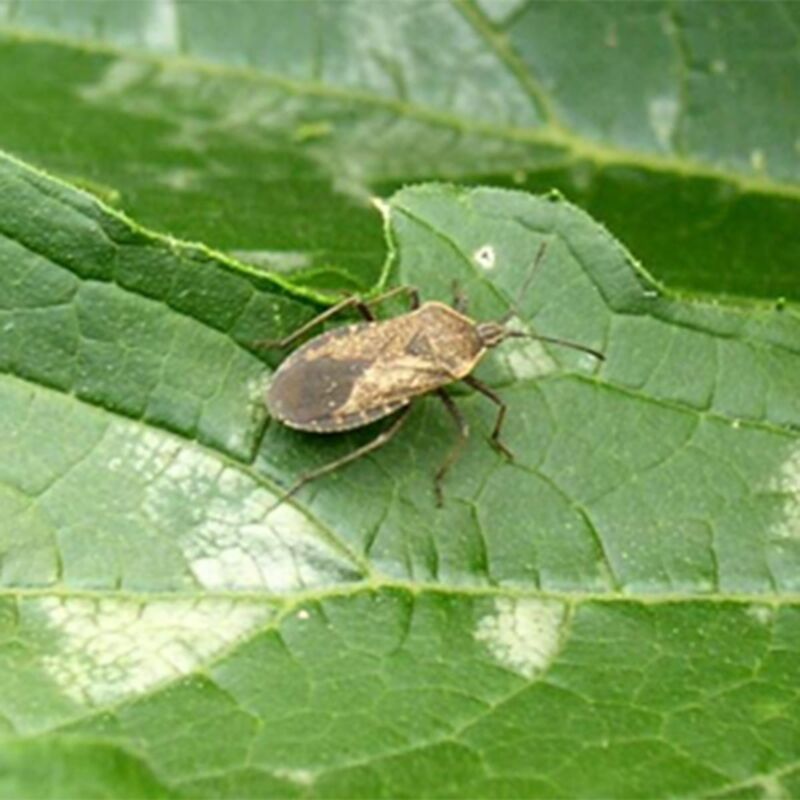
Description and Recognition
The squash bug is over ½-inch long with a brownish or grey body and flat back. The edges and undersides of the abdomen have orange stripes. They can fly, but they often walk around on plants.
Young squash bugs, or squash bug nymphs, are grey and have black legs. They move quickly and often in groups on the undersides of leaves. Squash bugs survive overwinter in your dead leaves, vines, under boards, and even in buildings.
Squash bugs fly to garden plants to mate as soon as vines start forming, and they lay egg masses on the leaves' undersides. You'll find adults beneath damaged leaves and near the plant crown.
Commonly Affected Plants Include
Squash bugs are most commonly found on squash plants (hence the name) such as Zucchini, winter squash, and pumpkins. Still, they may also affect other vegetables in the cucurbit family, like cucumbers.
Plant Damage
These bugs inject toxins into the plant and suck the sap right out of it with their sharp, sucking mouthparts, which causes yellow spots that eventually turn brown. The leaves will wilt because the damage prevents the flow of nutrients to the leaves, and then they will dry up and turn black, crisp, and brittle. The leaves also sometimes have ragged holes. Smaller plants will die, and squash bug feeding can decimate young fruit.
Control and Prevention
Early detection is critical! It is essential to catch squash bugs before they grow into adults, or they are tough to get rid of completely.
- Pick egg masses off the plants in the morning and later in the day.
- Keep checking your plants, at least daily. If there are no more than a few vines infected, keep collecting and destroying the bugs and crushing the egg clusters you find on the undersides of leaves.
- Prevention is key: In the fall, be sure to burn or compost old squash vines to rid your garden of any possible shelters for breeding and over-wintering.
- Avoid deep, cool mulches like straw or hay that provide an environment that these bugs seem to love.
Practice Crop Rotation
Companion planting can help repel squash bugs. For example, try planting nasturtium around your plants that are commonly affected by squash bugs.